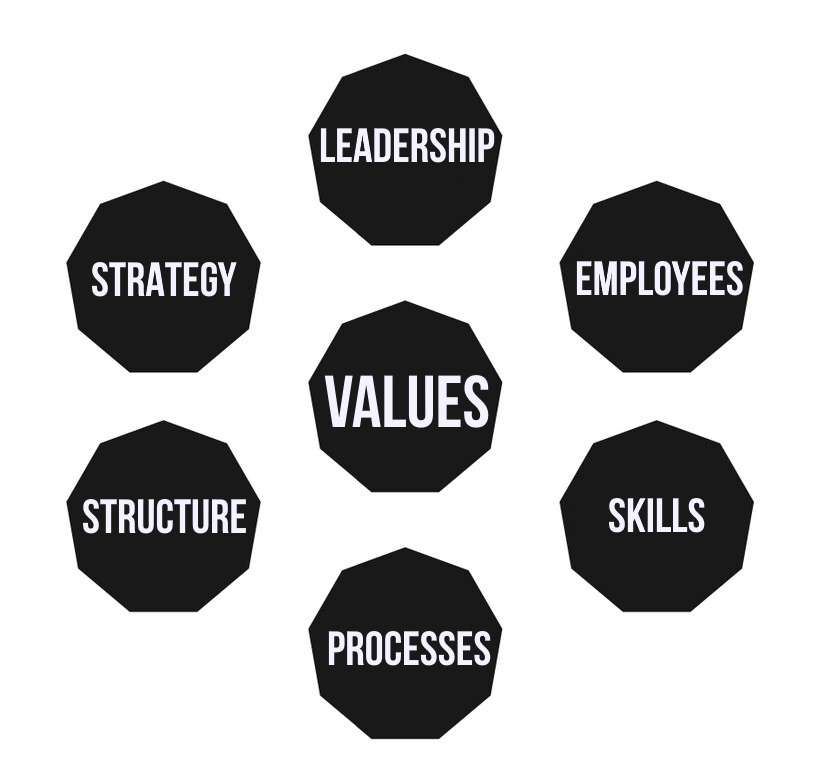
The 9 Levels in Organizational Development
Markets are changing, and the needs and requirements of clients are no longer the same. New generations seek different working conditions. Technological advances and changing political conditions require employees, departments, and companies to adapt. However, new problems are often attempted to be solved with old solutions. Management frequently lacks a fundamental understanding of their own corporate culture and, at the same time, lacks starting points for its change.
Shared values and the development and expression of a fitted organizational culture are key to mastering the challenges of the VUCA world. The existing culture significantly influences how participants, for example, think about transformation initiatives. This, in turn, sets the foundation for whether and which steps are taken or implemented in the change process. No matter how ambitious and well-thought-out a goal may be, if it is not embraced by the culture, the project is doomed to failure from the start.

The importance of values for a company is also evident in Thomas J. Peters and Robert H. Waterman's 7-S model. In the 1970s, they posed the question of why organizations, while fundamentally similar in their structure and strategy, vary greatly in success. Their explanation was that, in addition to 'hard' factors such as strategy and structure, there are critical 'soft' elements like skills and values. While these are more difficult to grasp and assess, they are no less crucial for success. In other words, all levers for change must always be in line with the desired value system, as this is the only way organizational culture can be consciously, accurately, and successfully shaped!